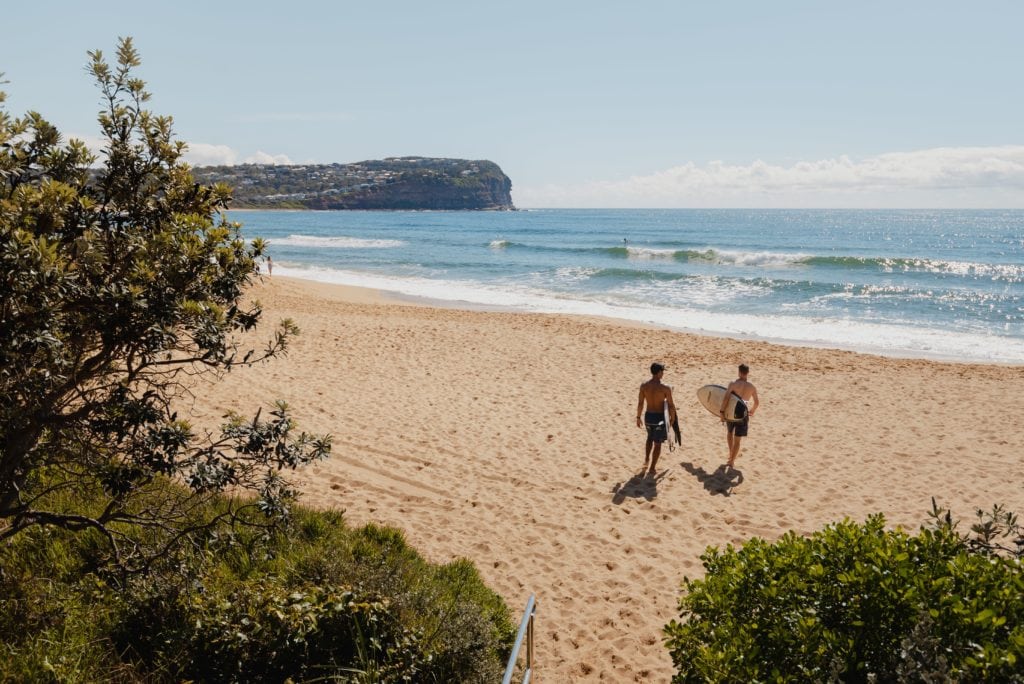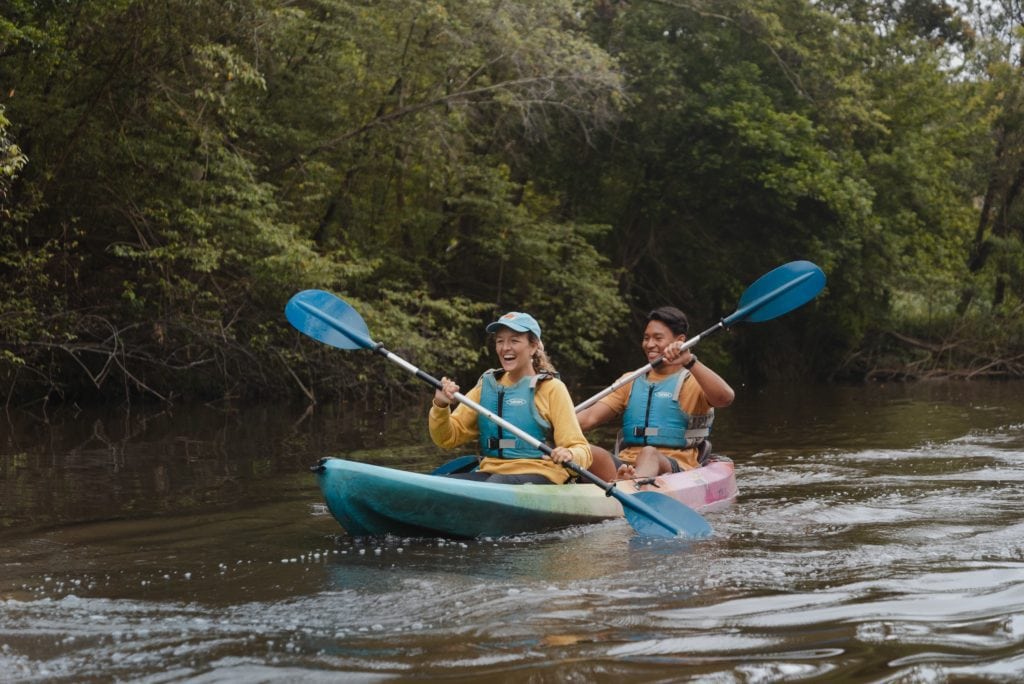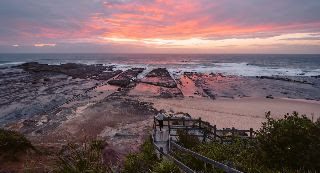Destination Stewardship Report – Spring 2023 (Volume 3, Issue 3)
This post is from the Destination Stewardship Report (Spring 2023, Volume 3, Issue 3), a publication that provides practical information and insights useful to anyone whose work or interests involve improving destination stewardship in a post-pandemic world.
People Power: Rebuilding a Region with ECO at Heart in Australia
Another winner from the Top 100 – Every year, Green Destinations organizes the Top 100 Destination Sustainability Stories competition, which invites submissions from around the world – a vetted collection of stories spotlighting local and regional destinations that are making progress toward sustainable management of tourism and its impacts. From the winners announced this year, we’ve selected two more stories, this time from Japan and Australia, that showcase different reasons for engaging the local community. Synopses by Samantha Bray. Top 100 submission by Whitney Edwards, Marketing Officer, Marketing & Tourism, Central Coast Council.
The need for a sustainable tourism strategy
Just 90 miles north of Sydney, the Central Coast region of New South Wales, Australia, offers an eco-tourism wonderland of national parks, state forests, bushland, nature reserves, beaches, inland waterways, and mountains. The landscape wonders are enhanced by thriving communities and Aboriginal cultural sites numbering in the thousands, some between 7,000 and 20,000 years old. However, in 2020 it was recognized that something important was missing – a sustainable tourism strategy to effectively promote and protect the region’s greatest assets.

Surfers are drawn to the beaches of the Central Coast. [Photo courtesy of Green Destinations]
Steps
In part, steps taken included:
- In 2020, the Central Coast Council set a goal of becoming a certified ECO Destination, internationally recognized through the GSTC-accredited Green Destination Standard, by World Environment Day 2022.
- Working backwards from World Environment Day with expert support from the Australian ECO Destination network, program milestones were set for Engagement, Application, Audit, Certification, and Marketing.
- The Council hosted a streaming of the Global Eco Asia-Pacific Tourism Conference for tourism operators, offering connections and insights from passionate sustainability professionals.
- A pilot industry event with inspiring guest speakers brought together 60 eco-conscious tourism operators, resulting in an ECO Operator Incentive of $500 offered by WWF-Australia for individual operators to pursue ECO certification. A cohort of 15 businesses was formed.
- Stakeholders were engaged for six months of discussions, coaching, consultations, and workshops. Complex ECO criteria were broken down for each type of stakeholder. Topics focused on livability, visitor dispersal, and industry product development, as well as how to become more sustainably oriented tourism marketers, council officers, land managers, and business owners. Strategies explored ranged from cycling more, littering less, and plastic-free events, to accessible beaches, water quality mapping, and responsible dog ownership.
- The Council compiled information to respond to the 87 ECO criteria of the certification program, submitting the Central Coast’s application in April 2022.
- The region hosted an independent destination auditor, who conducted 20 interviews with stakeholders and 10 site visits.

Visitors kayaking in Glenworth Valley. [Photo courtesy of Green Destinations]
Results
In June 2022, the Central Coast became an Australia ECO Destination, in time for World Environment Day. Cross-sectoral partnerships enabled the consolidation of data into one platform, engaging teams on waste, waterways, estuary, energy management, natural assets & biodiversity, economic development, heritage, planning, events and placemaking, community programs, and visitor services. The resulting Central Coast Destination Management Plan (2022-2025) has outlined strategies and tactics for collaboration, education, and empowerment to meet shared goals.
In addition, ecotourism ideals have been integrated into all tourism and marketing roles and content. Data between 2020 and 2022 shows that while visitation numbers were down due to COVID, guests were staying over 10% longer and spending nearly 30% more. Social media, media, and website metrics all point to increased brand awareness. The range of initiatives in progress have been woven into the destination brand, showing that each small project adds up in a big way on the journey towards more sustainable destination management.





